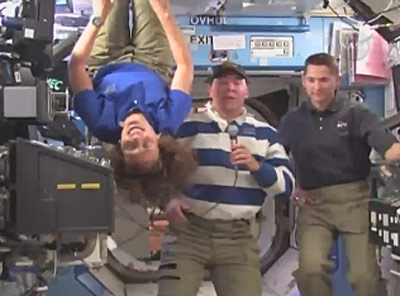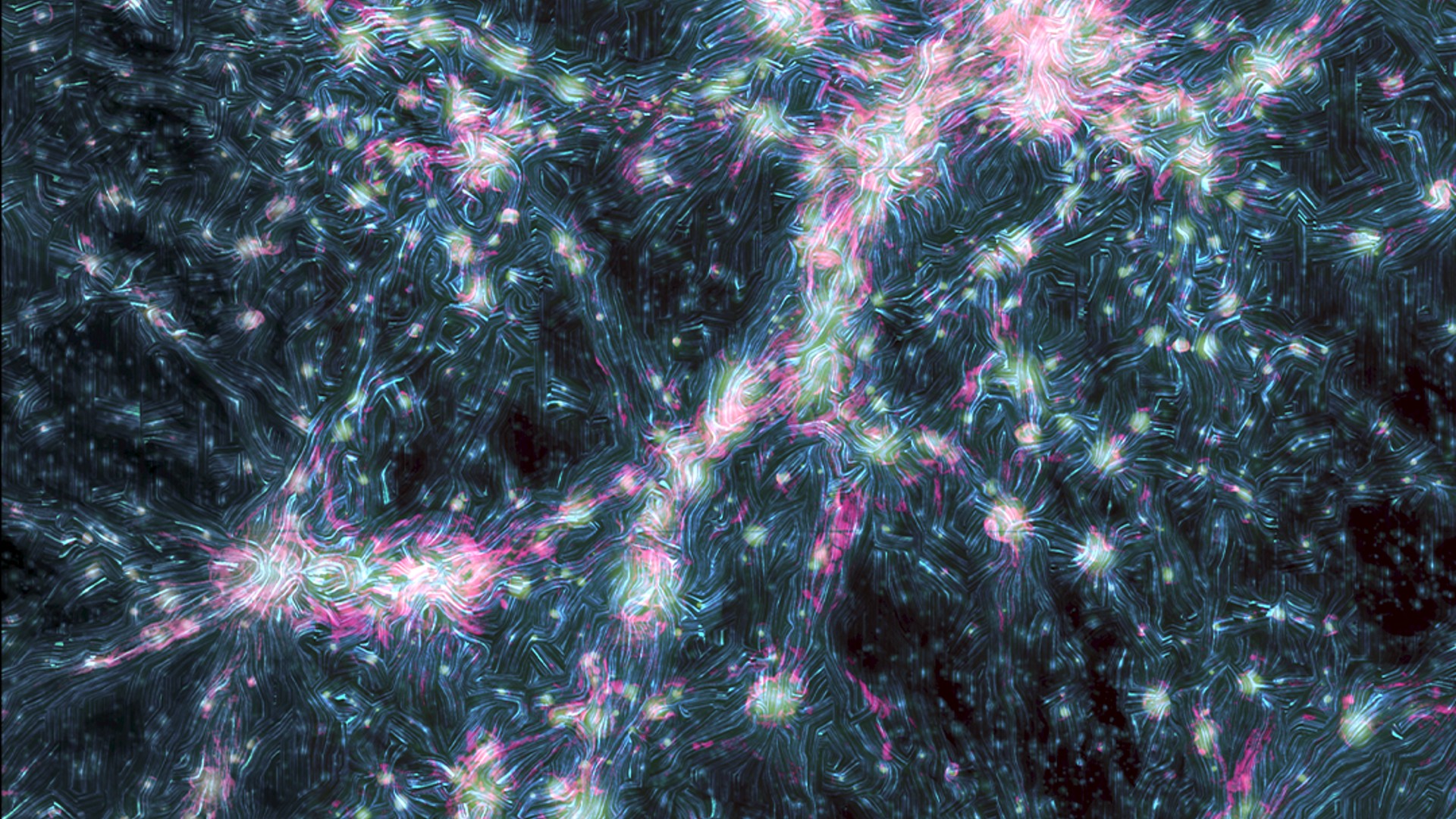Space Junk Threat Invisible to Astronauts in Orbit

Space junk littered around Earth poses an ever-presentthreat to astronauts in orbit, but the crew of NASA?s space shuttle Discoverysaid the danger, to them, is mostly an invisible one.
Discovery commander Alan Poindexter told students onEarth Saturday that the spacedebris whizzing around Earth is mostly imperceptible to the unaided eye ofastronauts working in orbit. The astronauts are at the International SpaceStation to deliver tons of new supplies and equipment to the orbiting lab.
?We don?t really see any spacejunk,? Poindexter said. ?Anything we see floating outside usually comesfrom the shuttle.?
Every now and then, astronauts dump wastewater overboardthrough a nozzle on the side of their space shuttle, Poindexter said.
?It looks like a snowstorm because it instantly turns toice,? he said. ?It looks beautiful when the light hits the ice particles.?
But just because the astronauts can?t see the space junk,doesn?t mean no one is watching.
?There are a lot of people on the ground who are watchingthat very closely ,and they?ll let us know if we have to move the shuttle orstation out of the way,? Poindexter said.
Get the Space.com Newsletter
Breaking space news, the latest updates on rocket launches, skywatching events and more!
NASA typically moves the space station if there is a1-in-10,000 chance of an object striking the $100 billion orbiting laboratory.So far, Mission Control has seen no signs of any bits of trash near the stationand Discovery.
NASA and the Department of Defense's Space SurveillanceNetwork routinely monitor the space debris environment for potential impactrisks for satellites, spacecraft and astronauts in orbit. An unprecedented crashof two satellites last year increased that impact risk, about a 1-in-300chance for the space station, for all spacecraft.
At last estimate, there are than 20,000 pieces of spacetrash in orbit, according to the Space Surveillance Network.
There are 13 astronauts living and working aboard thelinked shuttle and space station. They spent Saturday hauling cargo out of atransport module deliveredto the space station by Discovery and speaking with reporters on Earthabout the spaceflight. A false smoke alarm, caused by dust while an astronautwas cleaning an air filter, interrupted their work briefly.
The astronauts are gearing up for their mission?s secondspacewalk, scheduled for early Sunday.
Discovery?s STS-131 mission is one of NASA?s last fewplanned shuttle flights before the space shuttle fleet retires in September. Afterthis mission, only three more shuttle flights will be left.
Poindexter said he hopes to not see any space debriswarnings during Discovery?s 14-day spaceflight.
Space station flight director Ron Spencer told reportersthat there hasn?t been anything on the radar to worry about yet.
?So far, the skies have been clear,? he said.
- WorstSpace Debris Moments in History
- MorningStar: Stunning Launch Photos of Shuttle Discovery
- SpaceJunk Mess Getting Messier in Orbit
SPACE.comis providing complete coverage of Discovery's STS-131 mission to theInternational Space Station with Managing Editor Tariq Malik and Staff WriterClara Moskowitz based in New York. Clickhere for shuttle mission updates and a link to NASA TV
Join our Space Forums to keep talking space on the latest missions, night sky and more! And if you have a news tip, correction or comment, let us know at: community@space.com.

Tariq is the Editor-in-Chief of Space.com and joined the team in 2001, first as an intern and staff writer, and later as an editor. He covers human spaceflight, exploration and space science, as well as skywatching and entertainment. He became Space.com's Managing Editor in 2009 and Editor-in-Chief in 2019. Before joining Space.com, Tariq was a staff reporter for The Los Angeles Times covering education and city beats in La Habra, Fullerton and Huntington Beach. In October 2022, Tariq received the Harry Kolcum Award for excellence in space reporting from the National Space Club Florida Committee. He is also an Eagle Scout (yes, he has the Space Exploration merit badge) and went to Space Camp four times as a kid and a fifth time as an adult. He has journalism degrees from the University of Southern California and New York University. You can find Tariq at Space.com and as the co-host to the This Week In Space podcast with space historian Rod Pyle on the TWiT network. To see his latest project, you can follow Tariq on Twitter @tariqjmalik.
